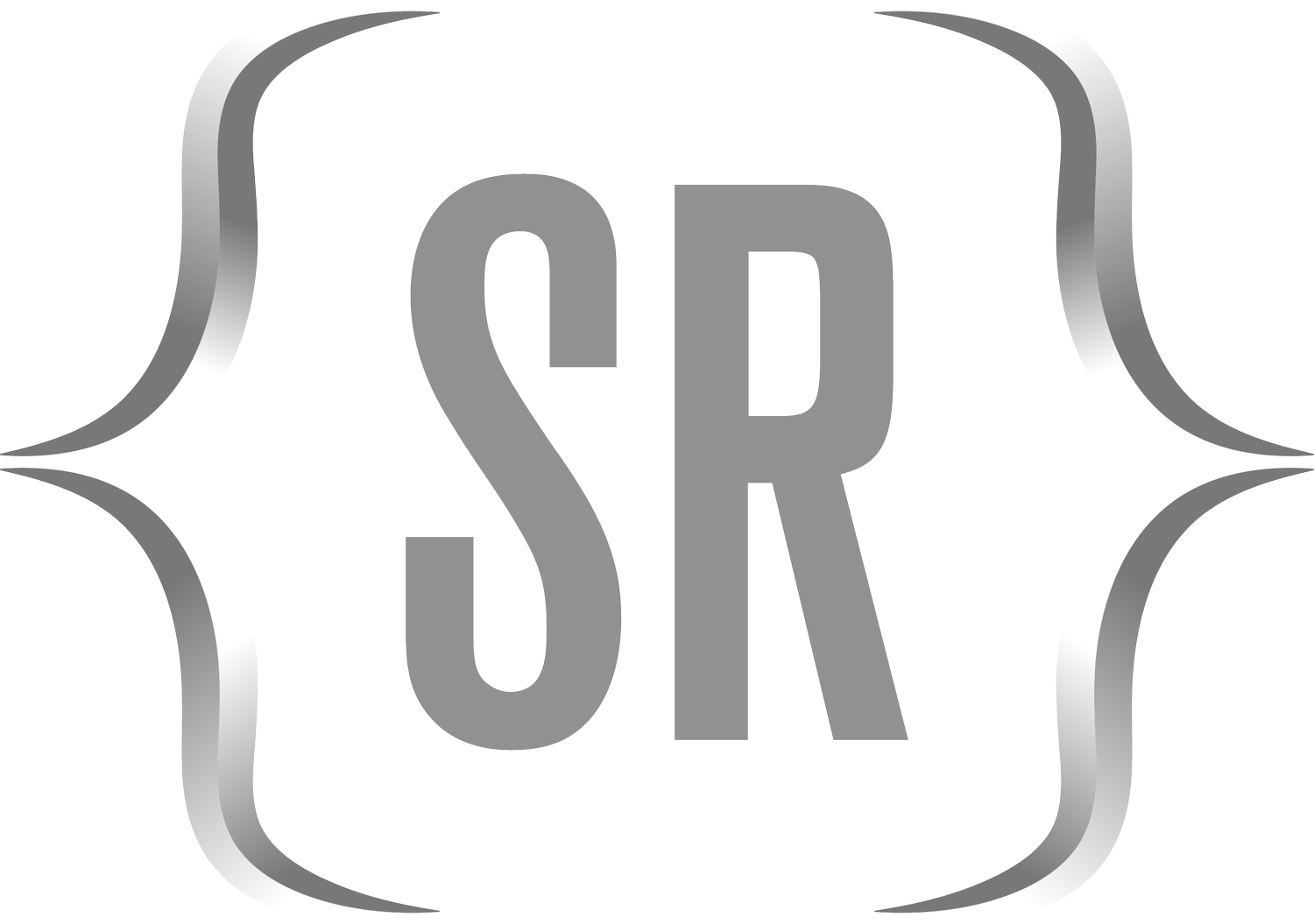The “str” Function in R
Package: Base R (no specific package required)
Purpose: Displays the internal structure of R objects in a concise and readable form.
General Class: Utility/Basic
Required Argument(s):
...: One or more R objects.
Notable Optional Arguments (defaults may be different for you, run strOptions() to check):
max.level: Maximum level of nesting to print. The default is all levels.
vec.len: Number of elements to display for atomic vectors. The default is 4.
width: Maximum number of characters per line. The default is 52.
digits.d: Number of digits to print for numeric vectors. The default is 3.
strict.width: If TRUE, enforces the maximum width for atomic vectors. The default is FALSE.
Example:
# Example data frame
data <- data.frame(
Name = c("Alice", "Bob", "Charlie"),
Age = c(25, 30, 35),
Married = c(TRUE, FALSE, TRUE)
)
# Display the internal structure of the data frame
str(data)In this example, the str function is used to display the internal structure of a data frame data, including the types and values of its columns. The result is printed to the console.
